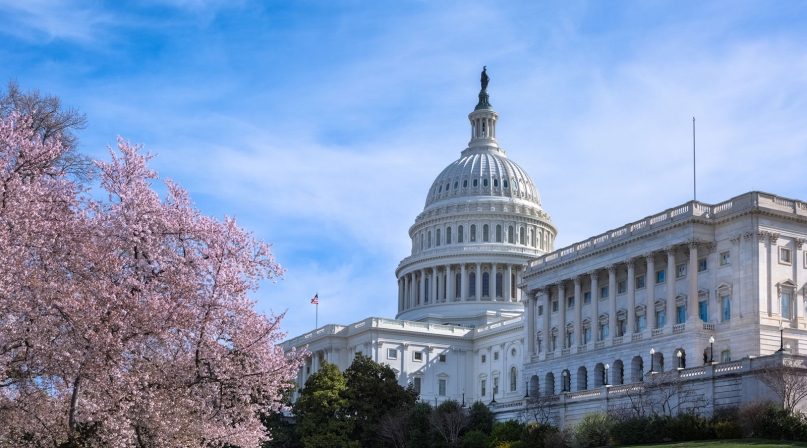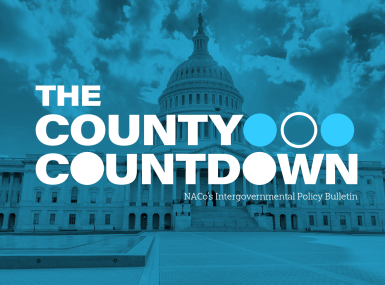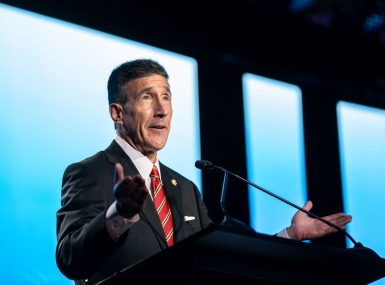Congress passes “full-year” Continuing Resolution through September 30, 2025
Author

Paige Mellerio
Upcoming Events
Related News

Key Takeaways
On March 14 the U.S. Senate voted 54-46 to pass the Full-Year Continuing Appropriations and Extensions Act of 2025 (H.R. 1968) to further extend appropriations and avert a government shutdown through the end of Fiscal Year (FY) 2025 on September 30. The U.S. House passed the Continuing Resolution (CR) measure just days prior on March 11 by a vote of 217-213. Passage of this stopgap measure comes after congressional leadership was unable to come to a final agreement on final FY 2025 spending levels.
What’s in the CR?
The CR largely extends FY 2024 spending levels and, according to the Congressional Budget Office, would allow for $1.6 trillion in discretionary spending in FY 2025.
- Final Defense Spending Level: $893 billion (+$6 billion from FY 2024)
- Final Non-Defense Spending Level: $708 billion (-$13 billion from FY 2024)
Of note to counties, the reduction of nondefense spending is largely through the removal of congressionally directed spending, or “earmarks.” Both the final topline defense and nondefense spending levels for FY 2025 as a result of the full-year CR fall in line with the statutory spending cap set by the Fiscal Responsibility Act.
The CR does, however, include the following key anomalies and extensions:
- Extension of the Temporary Assistance for Needy Families (TANF) program and the National Flood Insurance Program (NFIP) through September 30
- $22.5 billion for the Federal Emergency Management Agency (FEMA) Disaster Relief Fund (DRF)
- $7.6 billion for the Special Supplemental Nutrition Assistance Program for Women, Infants and Children (WIC)
- $15 million for election security grants
Lastly, lawmakers mistakenly omitted a routine provision allowing the District of Columbia (D.C.) to raise and spend local revenue through the duration of the CR that threatens to require D.C. to cut spending by over $1 billion. The U.S. Senate passed standalone legislation on March 14 to fix this omission, although it remains unclear if and when the U.S. House consider this bill.
What’s next?
The CR expires on September 30, 2025. Counties urge the U.S. Congress to pass final FY 2026 appropriations by this date to prevent a government shutdown and ensure certainty in state and local budgeting.
The release of the President’s Budget Request in the coming weeks will kick off the FY 2026 discretionary appropriations process and NACo advocacy for county priorities next fiscal year.
Related News

County Countdown – April 7, 2025
Every other week, NACo's County Countdown reviews top federal policy advocacy items with an eye towards counties and the intergovernmental partnership. This week features a budget reconciliation update, HHS restructuring and more.

National Association of Counties and cashVest by three+one Announce $1.3 Billion in New Revenue for Public Agencies in 2024
NACo and cashVest by three+one today announced their collaborative efforts generated over $1.3 billion in new revenue for public entities in 2024, while simultaneously saving them millions in bank fees. This achievement highlights the impact of untapped sources of revenue, providing essential financial stability during uncertain times.
